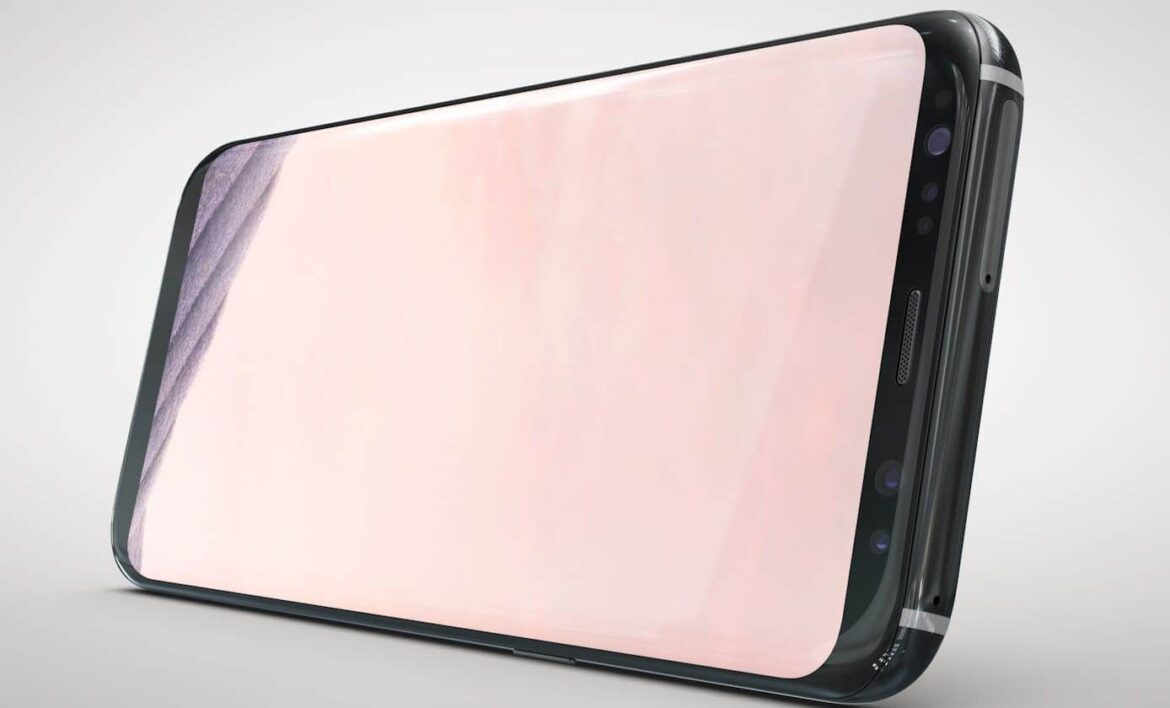pOLED displays are becoming increasingly important in the field of modern screen technologies. The following article explains how pOLED displays work, their advantages and areas of application, and compares them with alternative technologies.
pOLED display: What is behind the technology?
Choosing the right display technology is crucial for both manufacturers and customers, especially in light of new developments such as pOLED.
- pOLED stands for “Plastic Organic Light Emitting Diode” and is based on the well-known OLED technology, but uses a flexible plastic substrate instead of glass. This design makes pOLED displays particularly thin, light, and flexible, opening up new design possibilities.
- The flexible plastic substrate fundamentally distinguishes pOLED from classic glass-based OLED displays. This flexibility makes pOLED displays more resistant to impact and breakage.
- Flexible displays are particularly attractive for mobile and portable devices. The technology also allows for innovative housing designs and curved displays.
- pOLED displays are already being used successfully in modern smartphones, wearables, and other electronic devices. The combination of low weight, robustness, and flexibility makes pOLED a promising display solution for the future.
pOLED vs. other display technologies: a comparison
Each display technology has specific advantages and disadvantages that are relevant for different areas of application. pOLED displays differ from other technologies such as LCD, classic OLED, and AMOLED primarily in their flexible plastic substrate.
- Compared to LCD displays, pOLEDs offer significantly higher contrast and better black levels because they do not require backlighting. This results in more brilliant colors and lower power consumption for dark image content. Improved image quality and longer battery life are the welcome results.
- Compared to classic glass-based OLED displays, pOLEDs score points for their flexibility and lower weight. While the image quality is basically comparable, pOLEDs can be used in curved or foldable devices, which would not be possible with glass. Increased resistance to breakage is another advantage.
- AMOLED refers to OLED displays with active matrix control, which is possible on both glass and plastic substrates. pOLED can therefore also be implemented as AMOLED, provided that an active matrix is used. The main difference lies in the substrate: pOLED uses plastic, while many AMOLED displays are still based on glass.
- An additional advantage of pOLED displays is their energy efficiency, as they only consume energy when individual pixels are lit. This can significantly reduce power consumption, especially with dark image content. At the same time, the technology enables thinner and lighter end devices.
Wide range of applications
The applications for pOLED displays are diverse, ranging from consumer electronics to specialized industrial applications. Thanks to their flexibility and robustness, they are being used in more and more areas.
- In the smartphone industry, pOLED displays enable innovative device designs such as foldable smartphones and curved or frameless mobile devices. Manufacturers use them to create particularly thin and lightweight models so that users can benefit from new operating concepts.
- Wearable technologies such as smartwatches and fitness trackers benefit particularly from the adaptability of pOLED displays. The displays can be adapted to different wrist shapes without compromising image quality or functionality. This makes them ideal for comfortable and durable wearables.
- pOLED displays are also gaining importance in the automotive industry, for example for flexible dashboards or curved infotainment systems. The technology enables seamless integration into the vehicle interior design.
- There is also future potential in the field of augmented reality (AR) and virtual reality (VR), where lightweight, flexible, and high-resolution displays offer decisive advantages. pOLED displays could lead to even more comfortable and powerful devices in this area. Flexible display solutions are also becoming increasingly interesting in other areas such as medical technology and industrial automation.
Challenges and future of pOLED display technology
Despite their numerous advantages, pOLED displays face a number of challenges that are currently limiting their widespread use. Development teams are working continuously to overcome these hurdles. The following aspects are particularly relevant in this context.
- A key problem is the sensitivity of organic materials to moisture and oxygen, which requires special protective measures such as sealing. Without adequate protection, the service life of the displays can be impaired. The development of better protective coatings is therefore an important area of research.
- The manufacturing costs of pOLED displays are currently still higher than those of classic LCDs or glass-based OLEDs. This limits their use, especially in low-cost products. However, advances in production technology could lead to cost reductions in the medium term and further promote their spread.
- Technological innovations are aimed at further improving the durability, color accuracy, and brightness of pOLED displays. These properties are crucial, especially for demanding applications such as AR/VR or the automotive sector. Integration into new product categories such as flexible televisions, laptops, or medical devices opens up additional market opportunities.
- The future prospects for pOLED displays are promising, as they enable new design possibilities and innovative usage concepts. With further advances in materials research and manufacturing technology, they could establish themselves as the standard in numerous industries.

